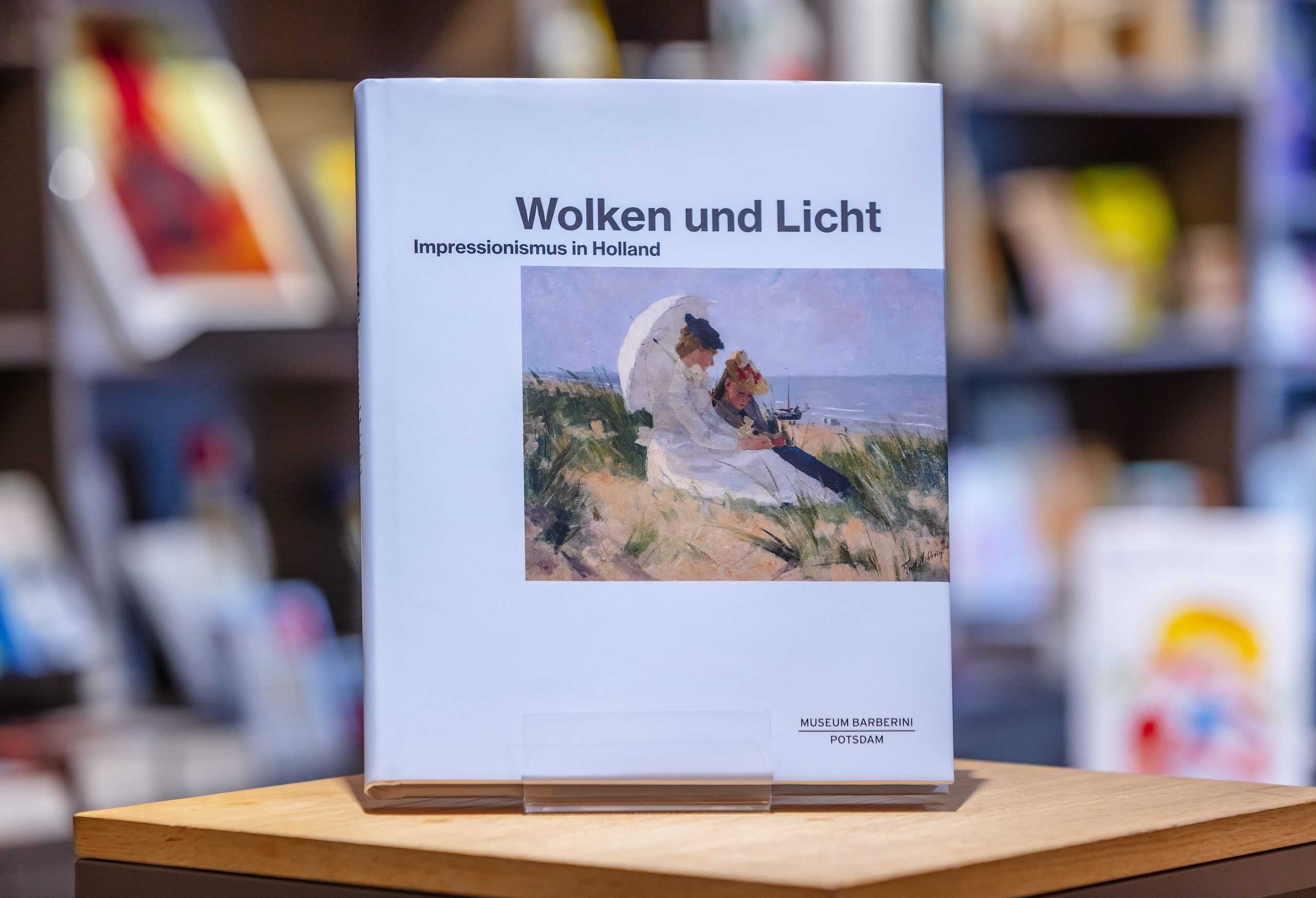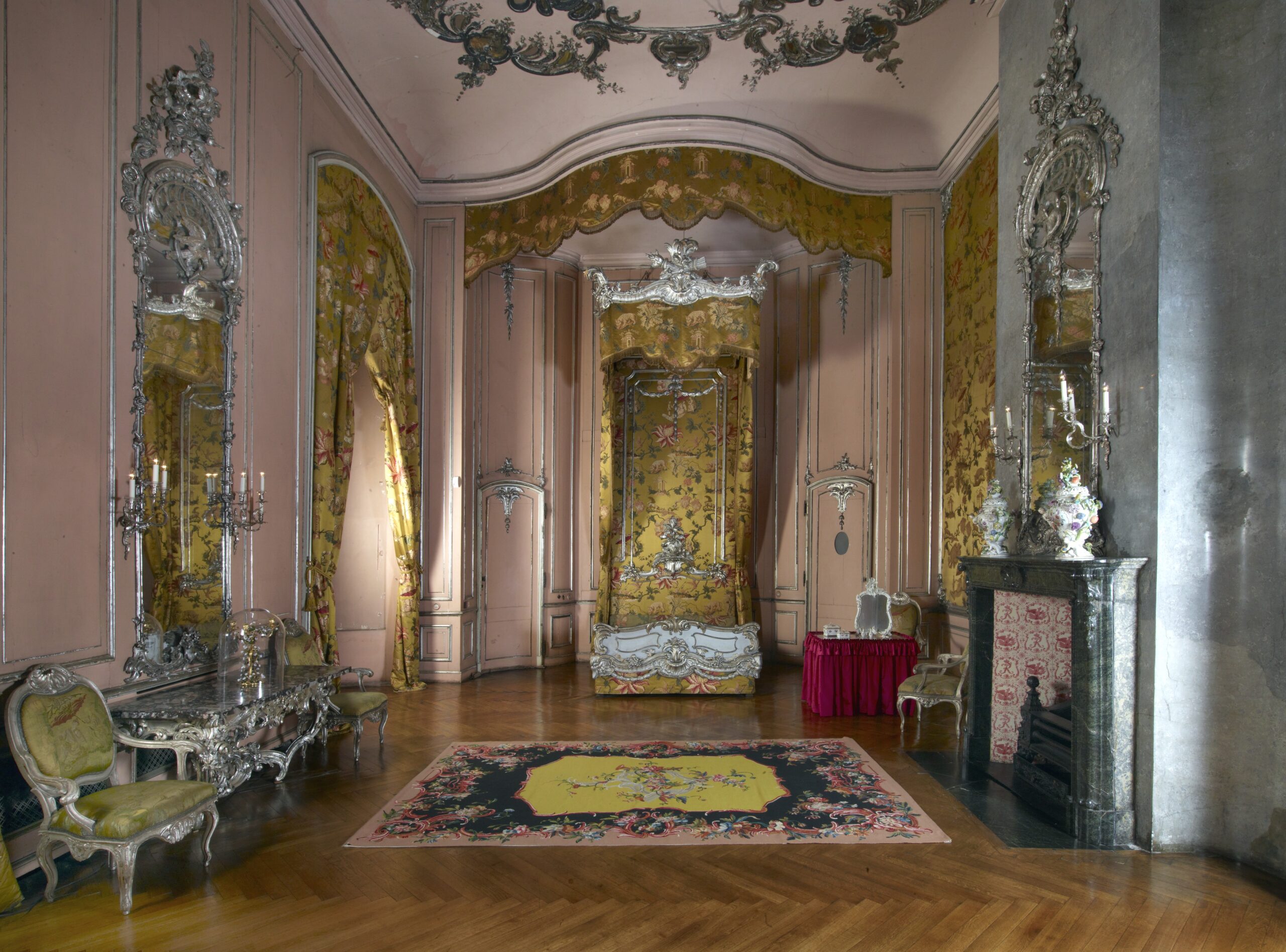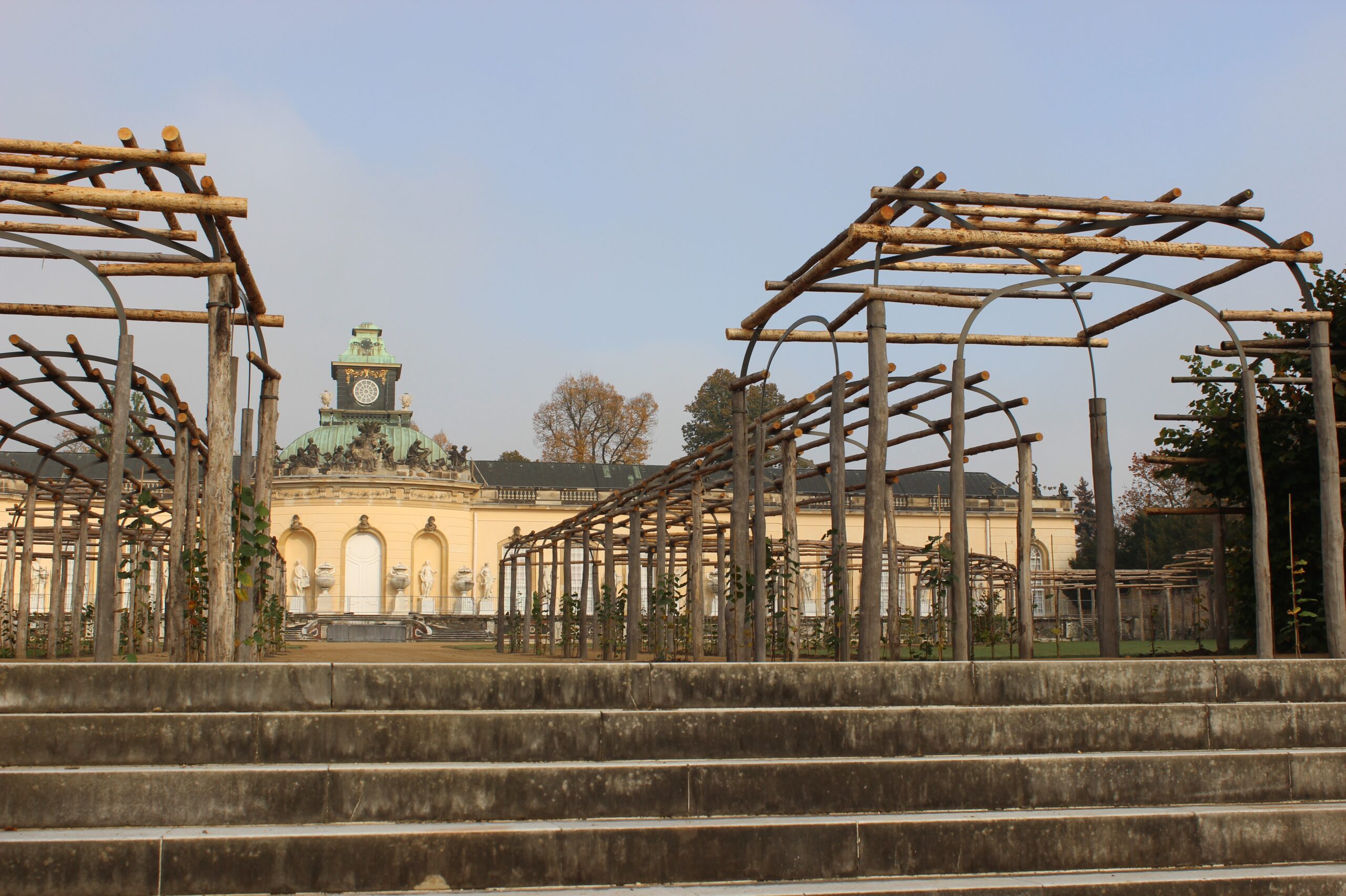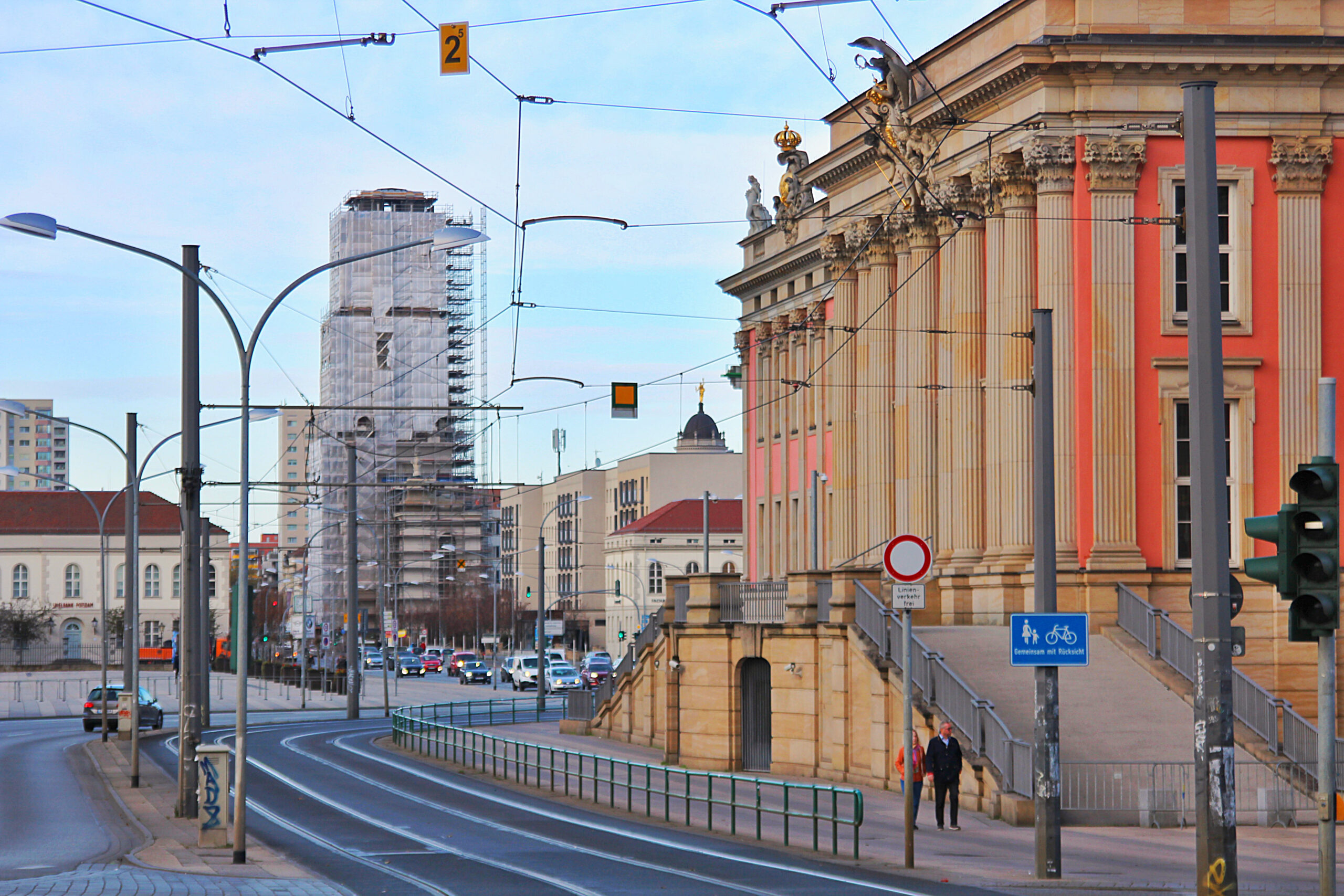
Garrison Church in Potsdam
Frederick William I was a deeply devout king. He earned the nickname “Soldier King” for amassing a considerable army. His primary concern as a ruler was to rebuild and repopulate the territory of Brandenburg, which was still suffering the effects of the Thirty Years’ War.

His first educational journey as an electoral prince had taken him to the Netherlands. When his father was crowned the first king of Prussia in 1701, he, as the crown prince, also received the title of Prince of Orange, on account of his Dutch grandmother Louise Henriette of Orange-Nassau.
For him, the care of his subjects’ souls was an important royal duty, and a total of nine churches were built in Potsdam during his reign. Only three of them received bell towers; pointing heavenward, the three towers were understood as a symbol of the Trinity. Standing in a row from east to west like pearls on a string, the three churches were the Holy Ghost Church, the old church of St. Nicholas, and the Court and Garrison Church.
The Garrison Church is the foremost sacred building of the Prussian architect Johann Philipp Gerlach. Constructed from 1730 to 1735, it was considered the most important church in the northern German Baroque style. As a Protestant church, it played a special role and fulfilled a double function for both the court and the military, and was also open to citizens of the Reformed faith.
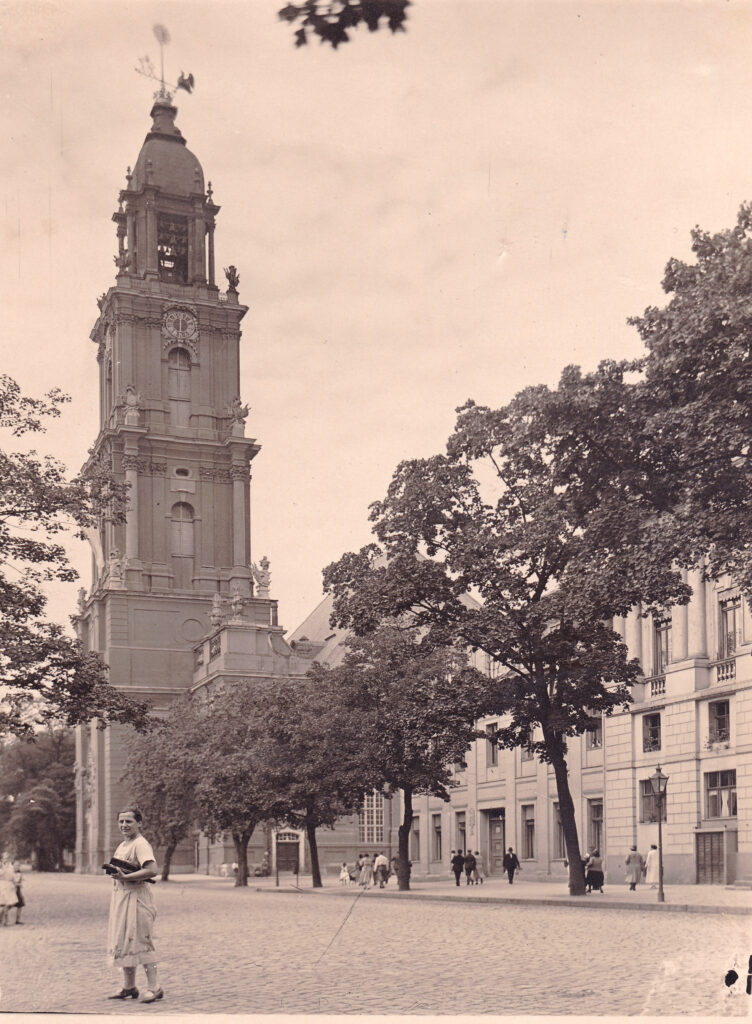
The Garrison Church was to receive a tall bell tower after the model of churches in Holland. The flat landscape of Brandenburg echoes that of the Netherlands and was well suited for such parallels. For Frederick William I, a tall, imposing tower was an especially pious symbol of his faith, and so he ordered that each of the three churches be given a tower almost ninety meters in height. Visible from afar, the towers served as landmarks for the aspiring residential city.
The old church of St. Nicholas burned down in the late eighteenth century and was replaced in the nineteenth century by the present domed structure. The Holy Ghost Church was destroyed in World War II, as were large portions of the Garrison Church. A chapel for the local congregation was installed in the ruins of the tower, until it too was demolished by the government in 1968. The reconstruction of the Garrison Church tower serves as a reminder of the “Three Churches View” that once formed the skyline of Potsdam.
The tower housed a set of Dutch chimes known as a carillon. Created by the Amsterdam caster Jan Albert de Grave, the carillon was originally intended for the Fortuna portal of the city palace and consisted of thirty-five bells. In 1722, it was installed in the predecessor of the Garrison Church. It was directly modeled on the carillon in the Munttoren tower in Amsterdam.
A staircase with 365 steps led to the keyboard chamber in the upper story of the tower, directly beneath the bells. Depending on the strength of attack, the player could emphasize the melody, while the accompaniment remained quieter. There was also an automatic playing mechanism with a drum as tall as a man. For this purpose, the carillonneur Arnoldus Carsseboom, who came from Amsterdam, used the oldest carillon melodies, most of which had Dutch titles. The Potsdam carillon could also be played by hand to facilitate more complex compositions. Sacred chorales and secular songs were played in alternation, sounding at every full hour and audible from afar. The carillon was destroyed in World War II. A new carillon is planned for installation when the reconstruction of the church tower is complete.
– Dr. Stephanie Hochberg, Stiftung Garnisonkirche Potsdam & Andreas Kitschke, Fördergesellschaft für den Wiederaufbau der Garnisonkirche e.V.

This item was taken from the audio walk “Holland in Potsdam”, which was created on the occasion of the exhibition “Clouds and Light. Impressionism in Holland” (8 July – 22 October 2023) and leads to 20 different places in Potsdam with a Dutch connection. Like its predecessor projects “Italy in Potsdam” and “France in Potsdam”, the city tour is permanently available as a free audio tour on the Barberini App and will also be published in the course of 2023 as a art guide in the series of publications of the Stiftung Preußische Schlösser und Gärten.
Header Image: View of the Garrison Church under construction │ Photo: Gerhard Alwin

